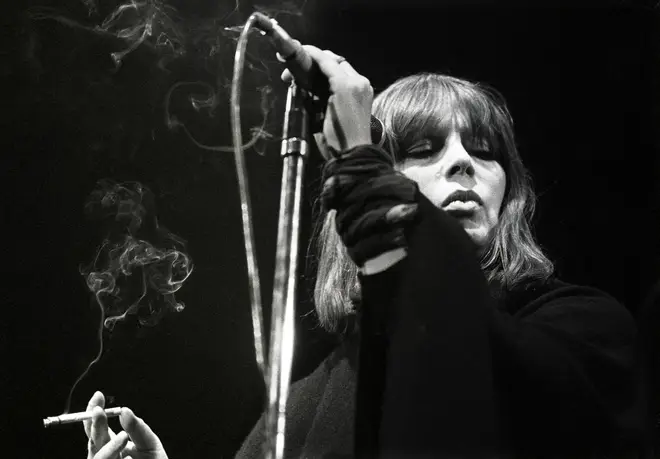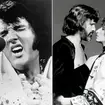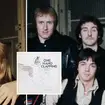Nico: The enigmatic artist who lived many lives
21 February 2024, 17:08

Nico was born Christa Päffgen on October 16, 1938 in Cologne, Germany, during the Nazi regime.
Listen to this article
Her father was killed in World War II and her mother worked in a weapons factory. Nico witnessed the horrors of the war and the Holocaust, which left a deep mark on her psyche. She later wrote in her diary: “I refused to wash with soap made from human bones”.
Nico started her career as a fashion model when she was 15, working for magazines and designers such as Coco Chanel. She adopted the name Nico after her ex-boyfriend Nikos Papatakis, a Greek filmmaker.
She moved to Paris, where she met celebrities such as Jean-Paul Belmondo and Federico Fellini, who cast her in his classic film La Dolce Vita (1960).

Nico moved to New York in 1962, where she gave birth to her son Ari, whose father was the French actor Alain Delon. Delon denied the paternity and Nico struggled to raise Ari on her own. She also pursued her musical career, recording her first single 'I’m Not Sayin' in 1965, produced by Jimmy Page.
Nico’s life changed when she met Andy Warhol, the pop art icon who invited her to join his Factory, a hub of creative and eccentric people. Warhol introduced her to The Velvet Underground, a band led by Lou Reed, who reluctantly agreed to let Nico sing on their debut album The Velvet Underground & Nico (1967).
The album, featuring the famous banana cover designed by Warhol, is now considered one of the most influential records of all time, blending rock, avant-garde, and poetry.
Nico also starred in several of Warhol’s films, such as Chelsea Girls (1966), a split-screen portrait of the Factory’s inhabitants. She became a muse and a lover for many artists, including Bob Dylan, Jim Morrison, and Iggy Pop. She developed a heroin addiction, which would haunt her for the rest of her life.

Nico - These Days (Visualizer)
Nico left The Velvet Underground and Warhol in 1967 and embarked on a solo career, releasing albums such as Chelsea Girl (1967), The Marble Index (1969), Desertshore (1970), and The End… (1974). Her music was dark, experimental, and haunting, reflecting her inner turmoil and her fascination with death.
She played the harmonium, a droning instrument that gave her songs a unique sound. She also wrote lyrics in English, French, and German, expressing her existential angst and her search for identity.
Nico’s solo career was not commercially successful, but it earned her a cult following and the admiration of many musicians, such as David Bowie, John Cale, and Patti Smith. She continued to tour and record throughout the 1970s and 1980s, despite her personal and financial difficulties. She also tried to reconnect with her son Ari, who had been raised by Delon’s parents in France.

Nico died on July 18, 1988, in Ibiza, Spain, after suffering a brain haemorrhage while riding a bicycle. She was 49 years old.
She left behind a legacy of music and art that is still revered and explored today. Nico was a complex and enigmatic figure, who lived many lives and reinvented herself constantly.
She was a beautiful and alone artist, who once said: “I’ll be your mirror, reflect what you are, in case you don’t know”.













